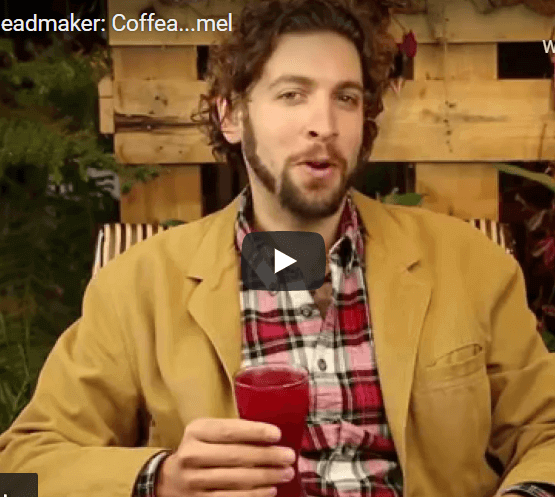It’s difficult to get a water footprint of mead (believe us, we’ve tried) because there are so many varieties of honey and so many factors that go into each variety. For example, do you count the water used to water almond trees as part of the production of almond honey? What do you do with wildflower, clover, or goldenrod honey; plants which no one intentionally waters at all?
Today, however, we’re going to talk about what brewers can do to minimize water usage and why mead makes a tempting choice for the water-miser.
The biggest water savings inherent in mead:
- For every gallon of beer in the fermenter you can lose up to a gallon in the grain bed and quarter-gallon in the boil. For every gallon of mead (assuming 9% abv) you only use three-quarters of a gallon of water. For a 5 gallon batch that’s a savings of 7.5 gallons of water.
- Since mead is rarely boiled, there is no chilling water. Professional brewers often capture this hot water and use it for another batch, but this is rarely the case for homebrewers. This can represent a 20 gallon loss or more per batch based on some of our old homebrew notes. (We were using an immersion chiller.)
- Mead tends to have substantially less trub (waste on the bottom of the fermenter), so you can pick up an extra half-gallon in a five gallon batch which makes it into packaging.
- Growing grain uses an enormous amount of water, as does growing grapes. More info about the water footprint of beer here.
All in all, just by choosing to homebrew mead versus beer, you can save nearly thirty gallons of water.
Now, obviously there are ways to use less water in brewing beer, but in many cases they will negatively impact that final product. Trying to cool wort in a fridge can lead to DMS, trying to get every last bit of water out of the grain bed can lead to tannin extraction, etc. This isn’t meant to start a fight; we love beer, we just wanted to help you drink well if you’re on water restrictions.
Here are some ways that you can make your meadmaking even more water conscious:
- Don’t boil your mead! The water loss during boiling isn’t as substantial, but the water cost (or energy cost) to cool it back down is.
- Use a honey that comes from a crop or plant that doesn’t require irrigation. The effect of wild plants on rain water absorption and aquifer recharging is complicated, but steering clear of nectar sources that are watered with potable water can have a huge impact.
- Only make as much cleanser and sanitizer as needed. It’s not uncommon to find buckets and carboys filled to the brim with cleanser. Giving your fermentation gear a good, long soak can be a great way to make sure that it’s really clean, but a soft, brewery-only rag and some elbow grease can also do a great job. Sanitizer is even easier, you can often mix up just one spray-bottle of sanitizer and give everything a spritz, just make sure you get the surface completely wet. This simple trick can save 10 gallons of water or more for a 5 gallon batch.
- Since most homebrewers use recycled bottles and kegs, it doesn’t really make much of a difference to think about the life-cycle of the packaging. One could argue that it’s more water-conscious to drink right out of the bottle than to dispense into a glass from a keg since you’ll have to wash the glass later. This is stupid. Obviously the solution is to drink right out of a keg.
- Drink less. No, just kidding. Drinking mead gives life meaning. What would be the point of conserving all of that water to be in a world not worth living in?
There you go! If you have any other great water saving tips, let us know; we’d love to add them to this list!





